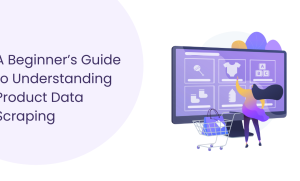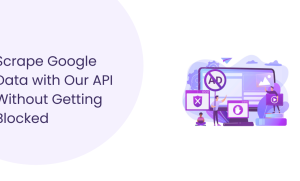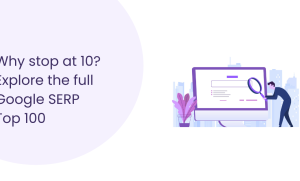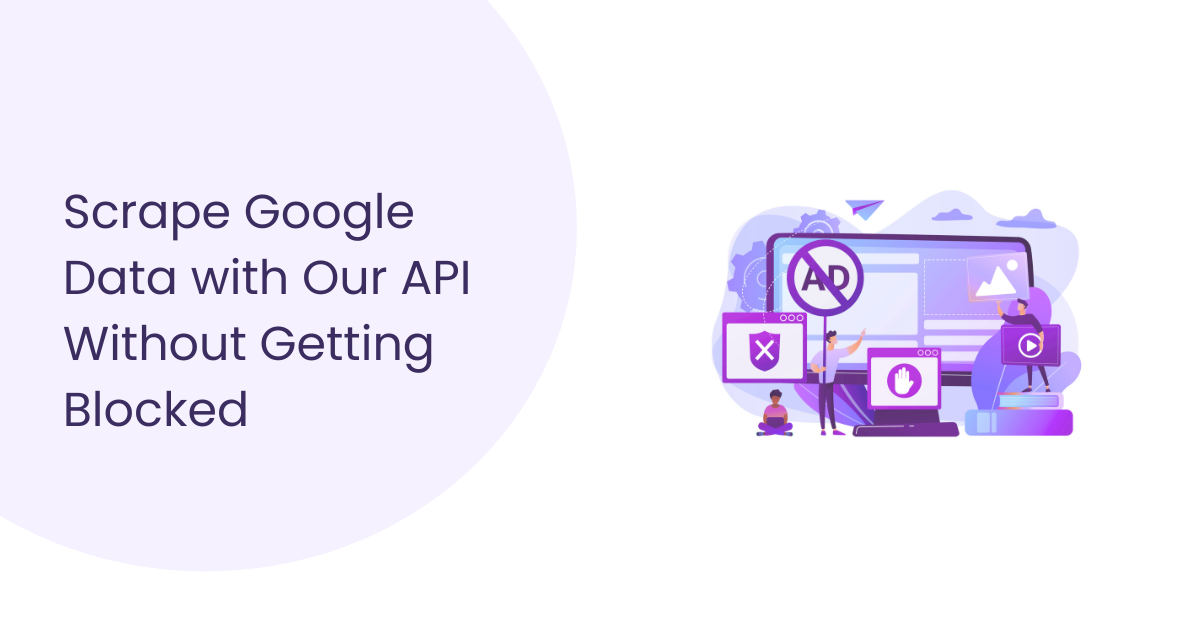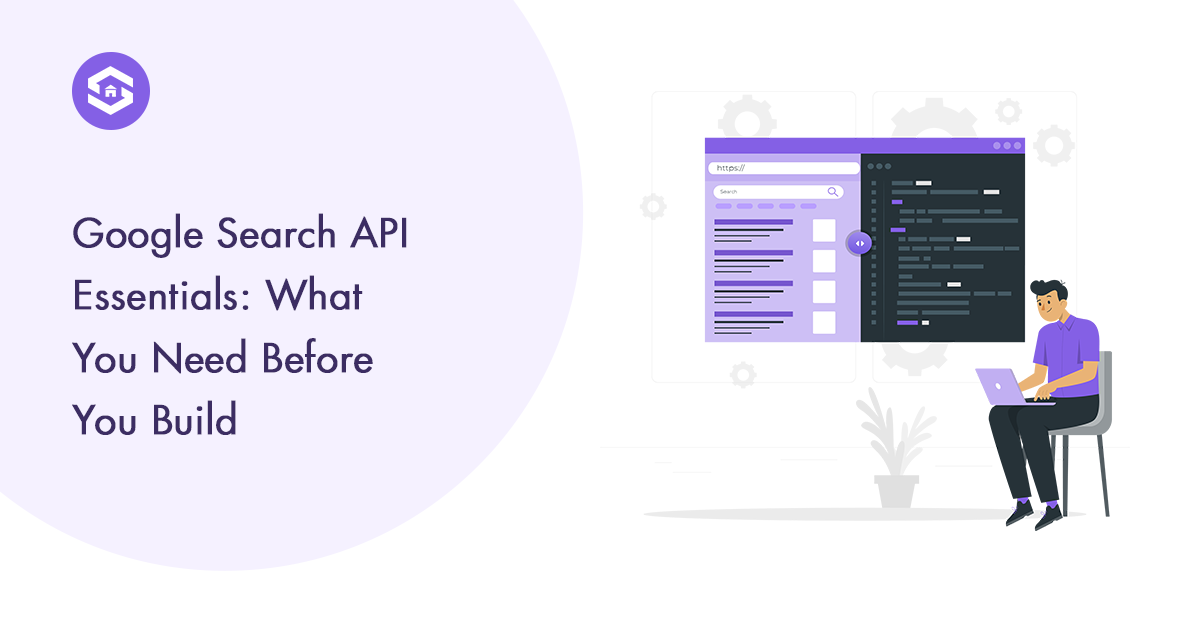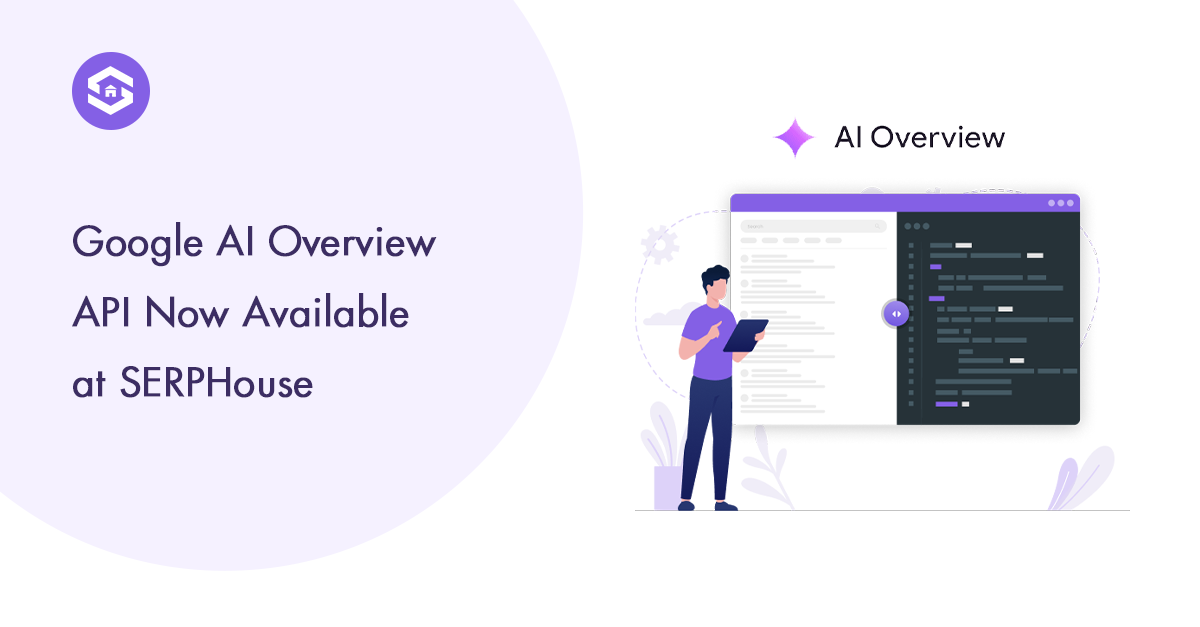Table of Contents
Table of Contents
Suppose you’re a website owner or a digital marketer. You probably know how important it is to index your website pages by Google or any search engine.
It’s the first step towards getting your website to appear in Google search results. But how do you know if your website has been indexed? That’s where a Google index checker tool helps you and comes in handy.
This blog post will show you how to build a SERP API index checker tool for indexing web pages quickly & reliably. Here, we only talk about the Google platform for other search engines. The process & methods are the same as Google.
Before going further, we must know what SERP API is & why it is needed to make a high-performance tool.
SERP API allows access to search engine results page data programmatically. To get reliable & fast access to SERP data from search engines without losing your precious time.
Try SERPHouse APIs to automate many SEO tasks, allowing developers to get access smoothly to build tools, market research, and many more.
Read more: How Digital Marketer Can Get Benefit from SERP APIs?
SERPHouse mainly works on these Search engines to retrieve data.
- Bing
- Yahoo
Common Use Cases of a Google Index Checker Tool
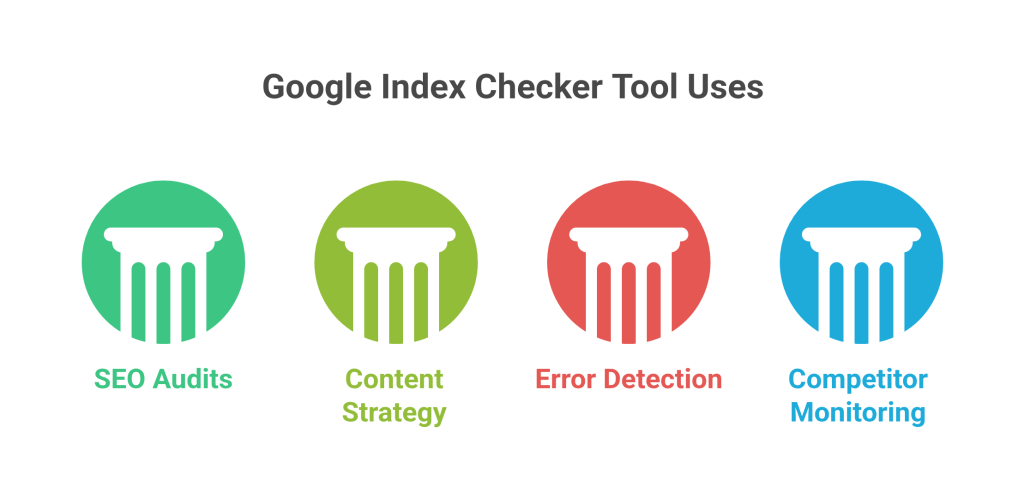
If you’ve been around SEO for a while, you already know that getting a page published doesn’t guarantee Google will index it. That’s where a Google Index Checker tool comes in handy—it gives you quick answers instead of leaving you guessing. Here are a few real situations where people actually use it:
1. SEO Audits
Every decent audit starts with one question: Are my important pages even in Google’s index? If they aren’t, they’re invisible, no matter how good the content is. An index checker makes it easy to find those missing pages before they turn into traffic leaks.
2. Content Strategy
You can post blogs, landing pages, or product updates all day long, but if Google doesn’t index them, it’s like shouting into the void. Using a Google Index Checker API lets you see how fast new content gets picked up. That insight helps you adjust how and when you publish so your work doesn’t sit unnoticed.
3. Error Detection
Sometimes it’s not Google’s fault—your own site can block crawlers with a robots.txt mistake, or maybe duplicate content confuses the system. An index checker shows you which URLs are missing, so you can fix those issues right away instead of wondering why rankings aren’t moving.
4. Competitor Monitoring
This one’s underrated. Checking what competitors have in the index tells you a lot about their strategy. If you notice they’ve got dozens of new pages indexed in a short time, that’s a sign they’re ramping up. It’s a simple way to keep tabs without guessing.
How to See if Content Is Indexed?
One of the first things I always check after publishing new content is whether Google has actually picked it up. You’d be surprised how often people skip this step and then wonder why traffic isn’t moving. Luckily, checking if a page is indexed is simple.
The quickest way is the old-school method: head to Google and type site:yourdomain.com/page-url. If the page shows up, it’s indexed. If not, then it isn’t. It’s not fancy, but it works.
For people managing larger sites, though, this gets messy fast. Imagine running through hundreds of URLs one by one—it’s a time sink. That’s where tools and APIs come in. Using something like a Google Index Checker API gives you results instantly for multiple URLs at once. It’s straightforward, saves hours of manual work, and gives a clearer picture of how much of your site Google actually recognizes.
From experience, I’d say never assume your content is indexed just because you hit publish. Always double-check. Sometimes it’s instant, other times it can take days—or it may not happen at all if there’s a crawl or technical issue. Making index checks part of your routine saves a lot of headaches later.
Why use Google Index Checking API to Build an Index Checker Tool?
The best option for building an index checker tool is using the Google index checker API because it provides accurate and up-to-date data.
Google changes its algorithm frequently, and if you use a tool that scrapes Google search results, you may need more accurate or updated data.
API also provides data in a structured format, which makes it easy to process and analyze.
Getting Started with SERP API from SERPHouse.com
To start with SERPHouse, sign up for an account on our website. We offer a free plan that allows you to make up to 100 monthly requests.
If you need more recommendations, you can upgrade to a paid plan.
Once you’ve signed up, you’ll receive an API key that you can use to access their API.
You can find the documentation on our website explaining how to use API.
Building the Google Index Checker Tool
To build a Google indexing checker tool, you must request Google to check if your website appears in the search results. Here’s the code snippet to do that:
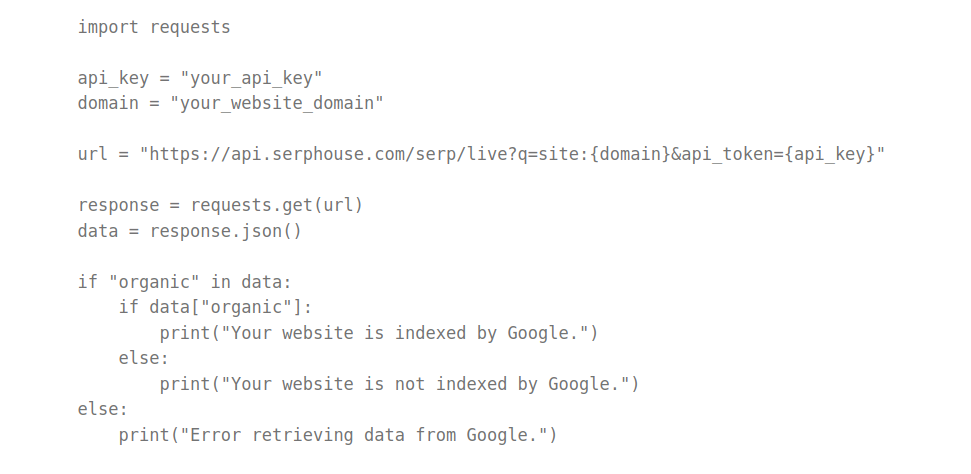
Let’s break down the code.
First, import the requests library, which allows us to make HTTP requests. Then, we set the api_token variable to our API key from SERPHouse.com and the domain variable to our website’s domain name.
Next, we construct the URL to request SERP API. We use the site operator to search for our website in Google’s index. And use api_token in the URL to authenticate a request.
Then, make the request using the requests.get() method and store the response in the response variable. We then parse the JSON data using the response.json() method and store it in the data variable.
Finally, we check if the “organic” key exists, and it is not empty. Then, print a message saying that Google indexes the website.
If it’s open, publish a statement saying that Google does not index the website. We print an error message if the “organic” key doesn’t exist.
Thanks for Reading.



